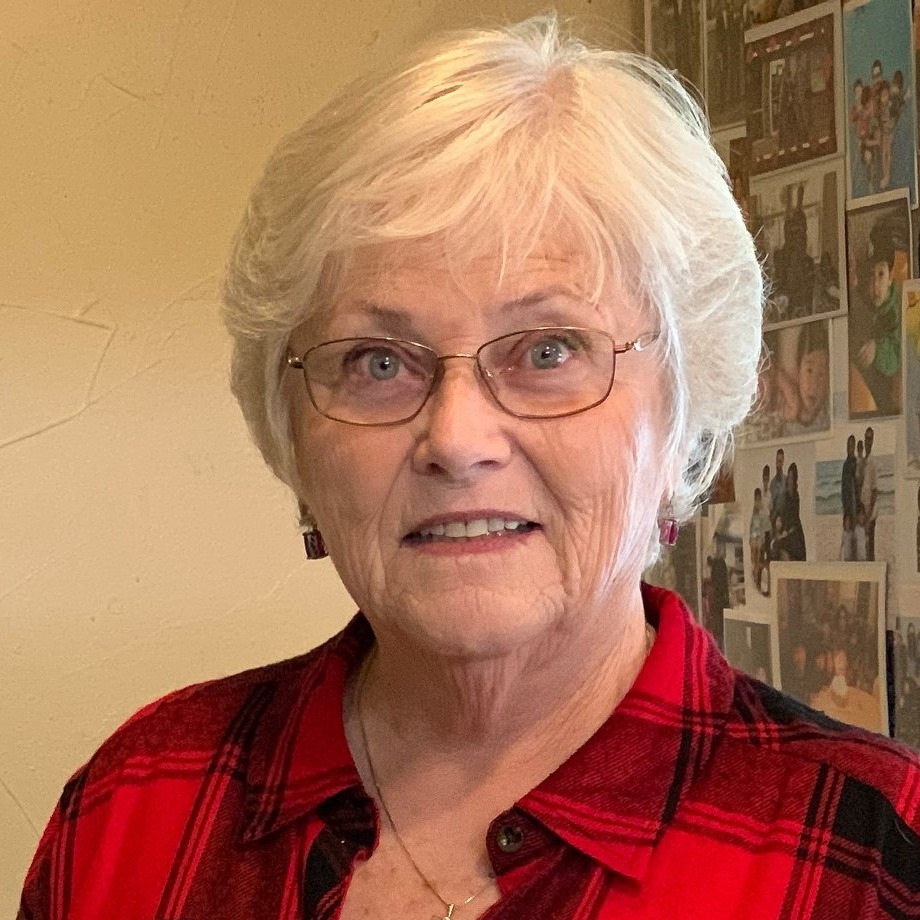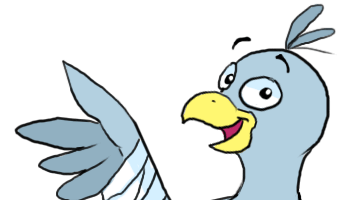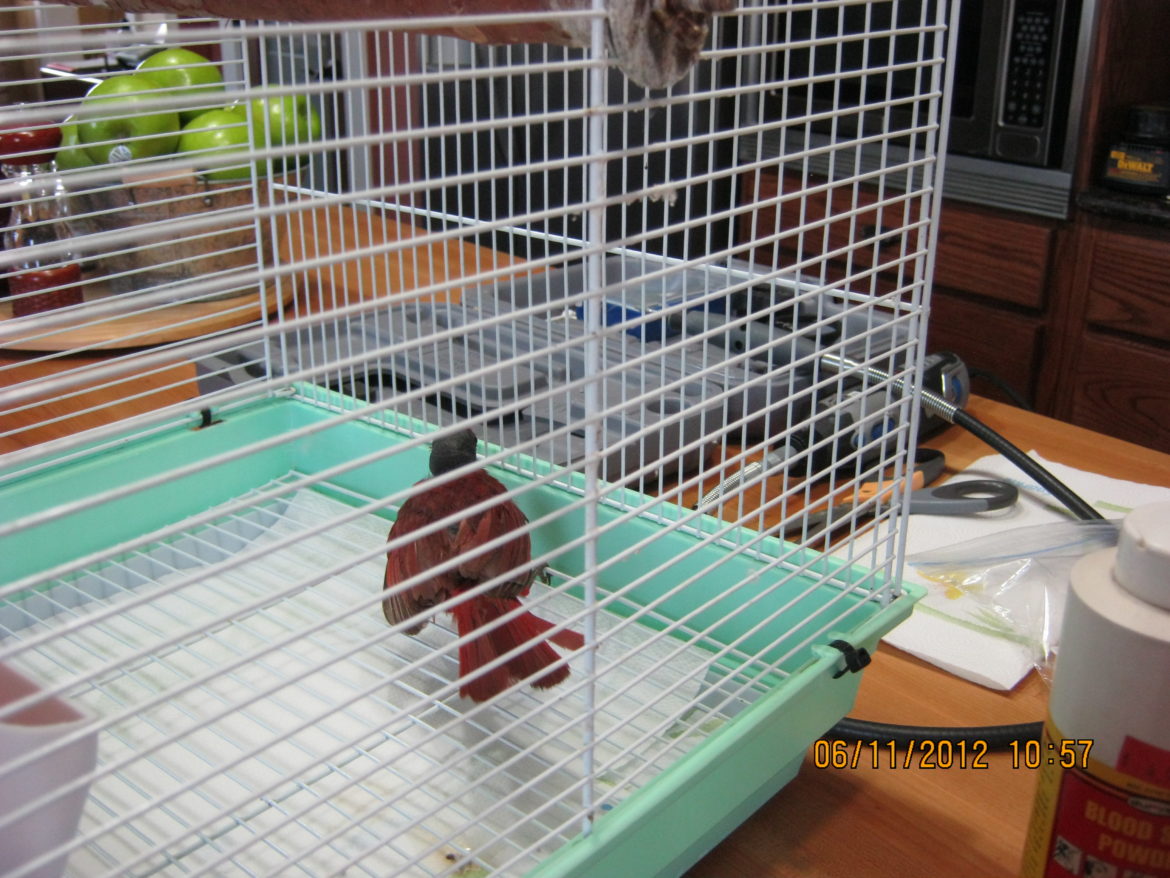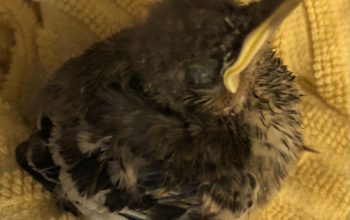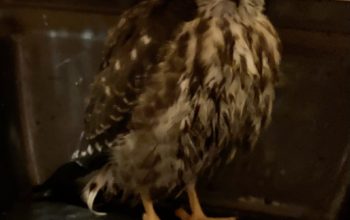In June of 2012 someone brought me an adult cardinal that had gross deformities. It had red feathers that were curly, a bald head and a beak like a duck.
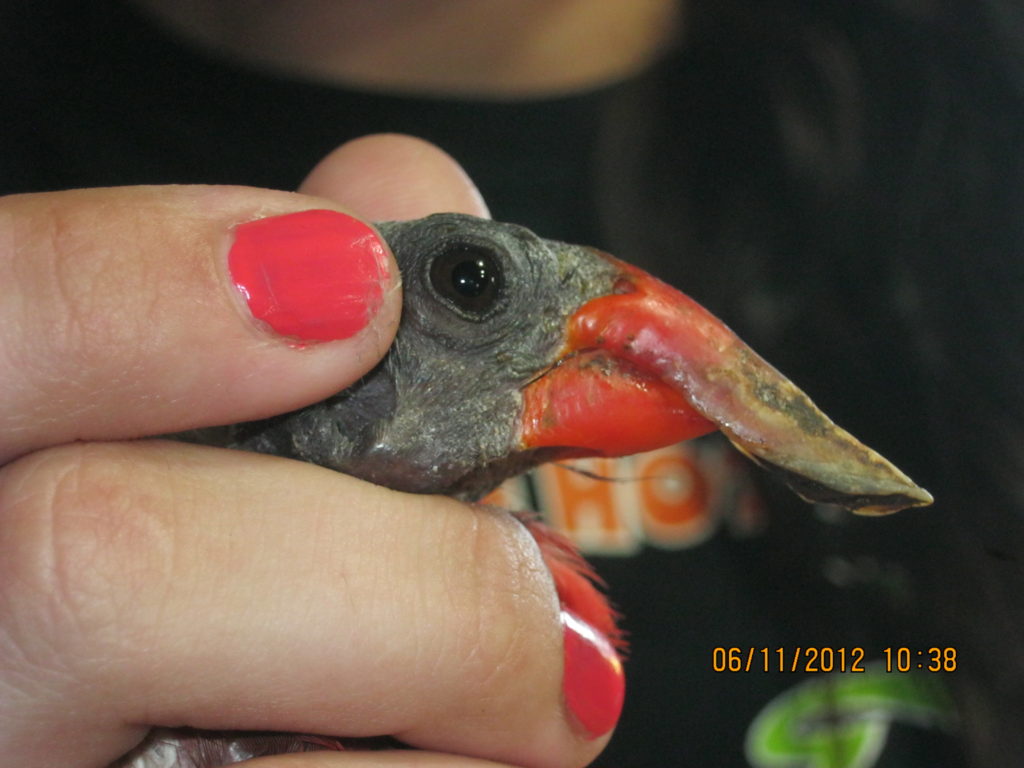
I didn’t know where to begin or what I was holding. So I call Texas A&M and surprisingly got a doctor, an ornithologist, on the phone. I emailed pictures and and he was as confused as I was.

It was terribly thin and the suggestion was to revise the beak so that it might be able to feed it’s self.

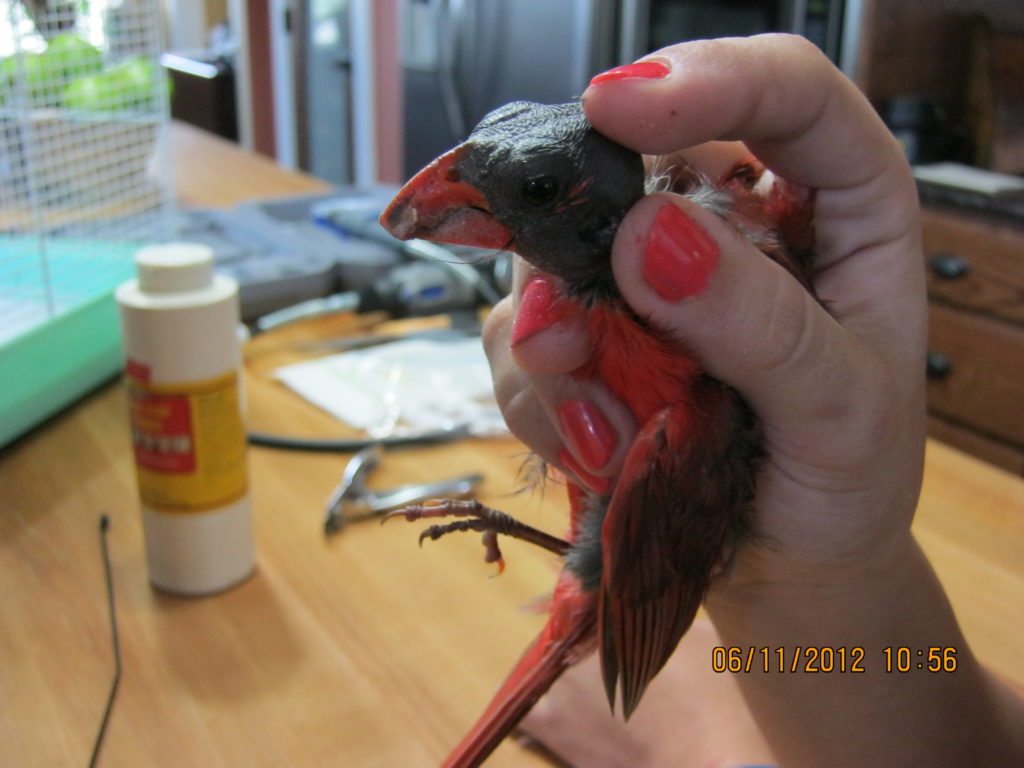
After revising the beak, I sent pictures to A&M again and the doctor approved of my revision. He didn’t expect it to survive, and even with medicine and a healthy diet, forced fluids, it died two days later. I sent the body to A&M for a necropsy but never heard the results. This was a memorable bird.
